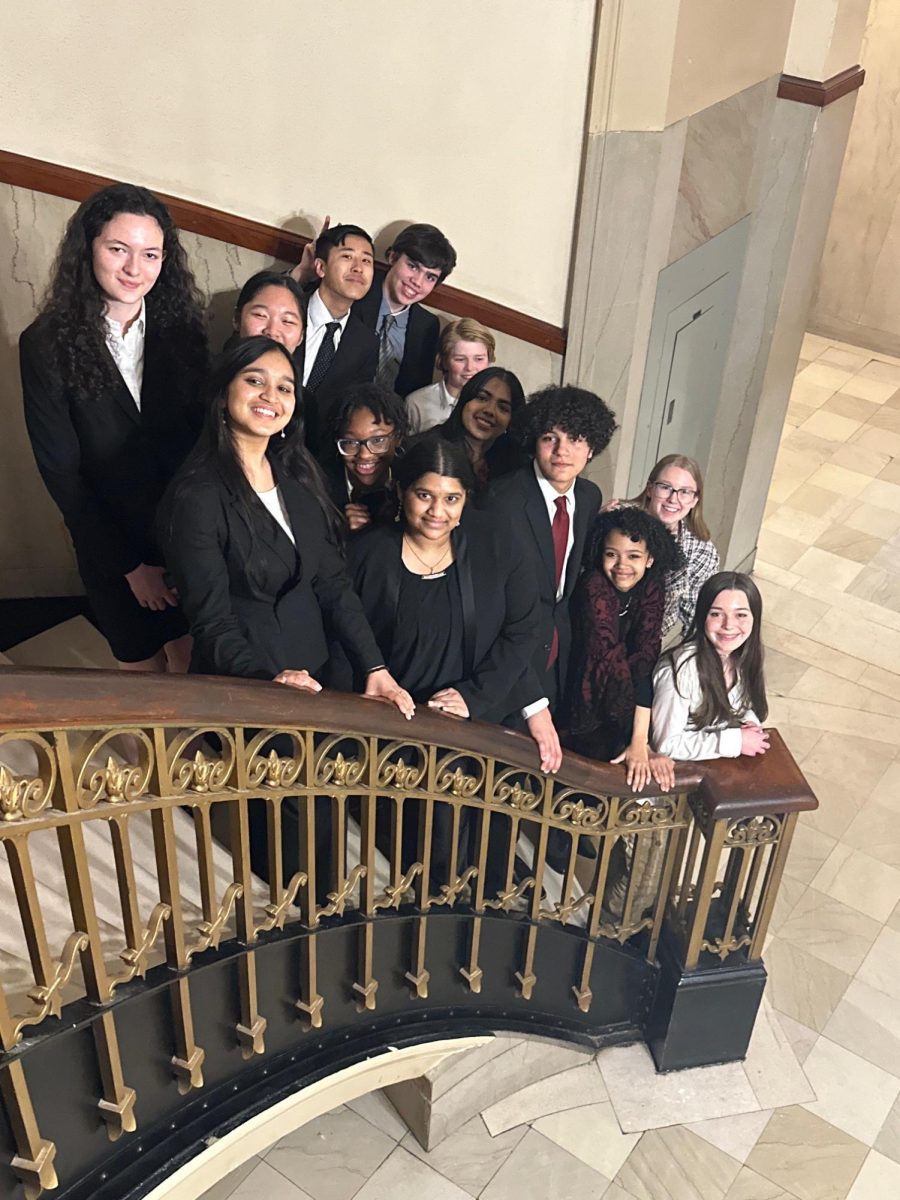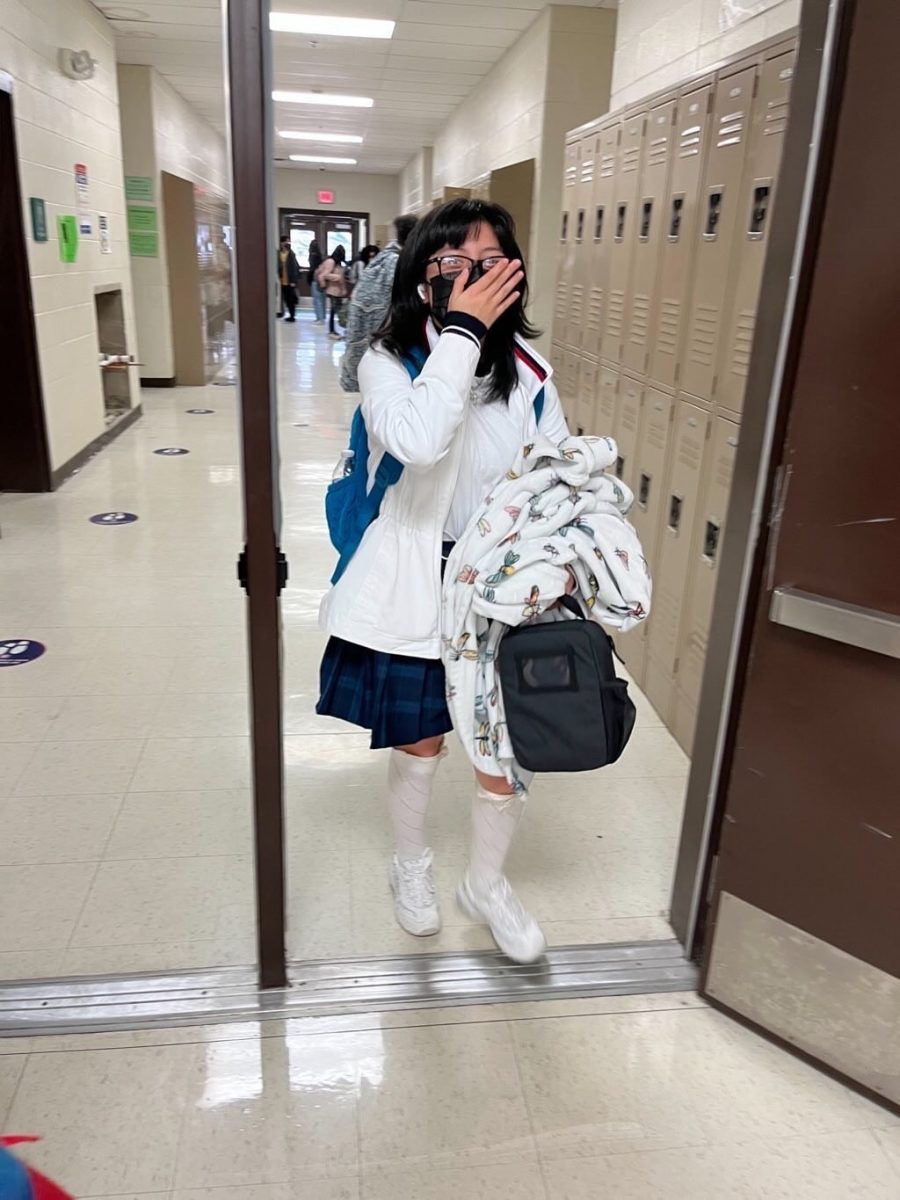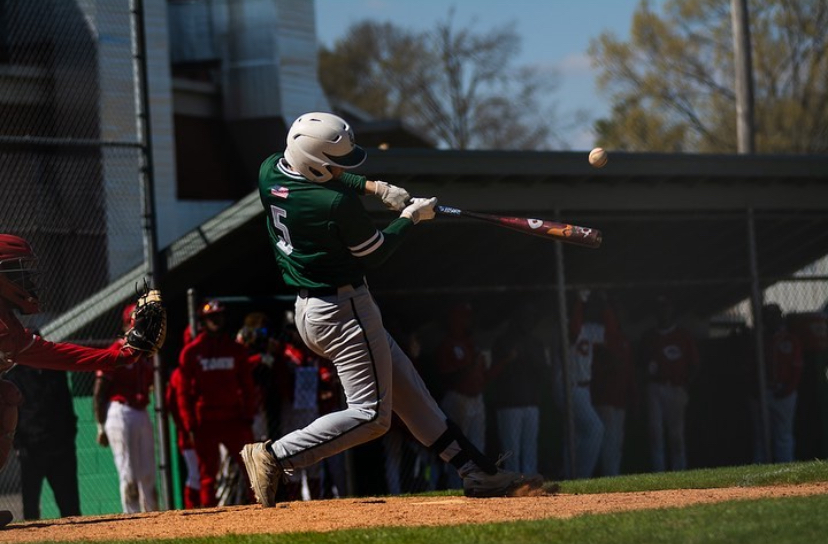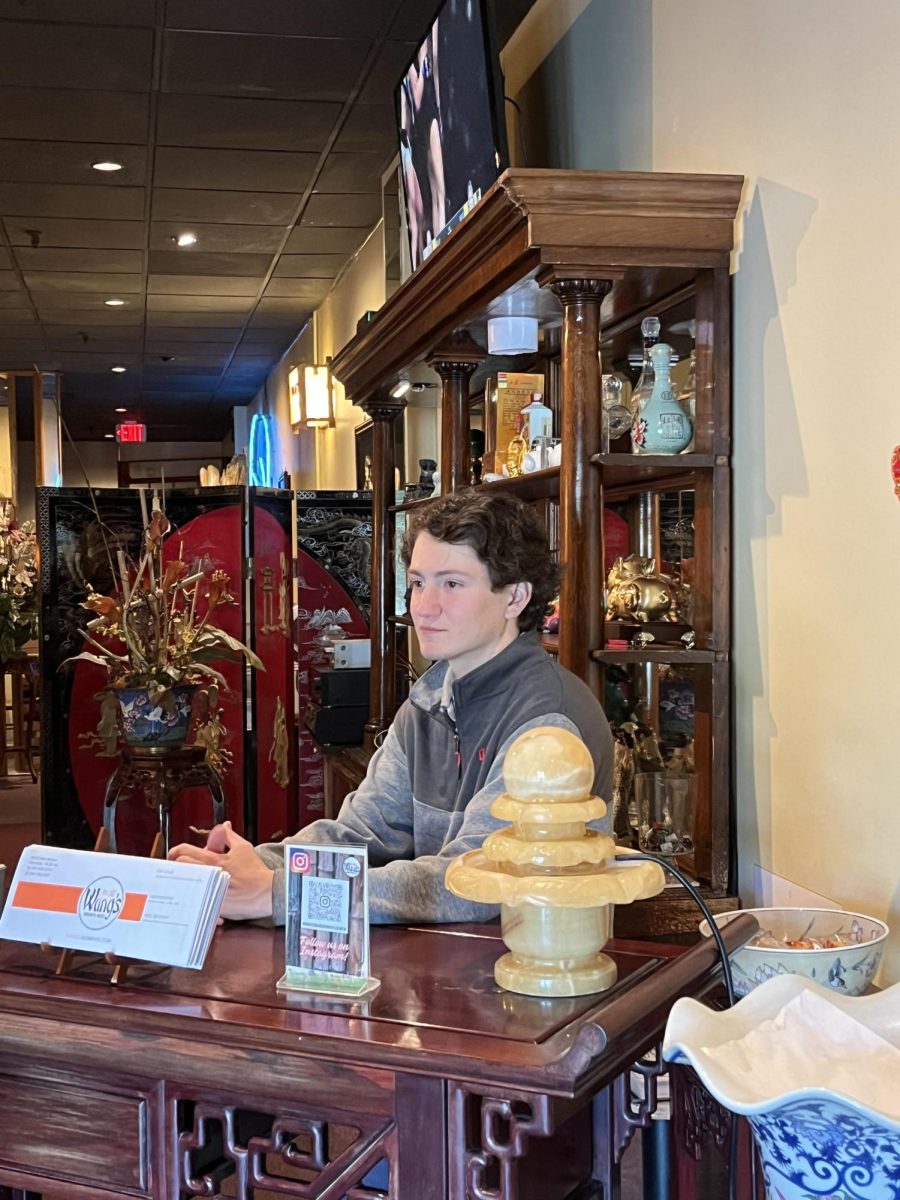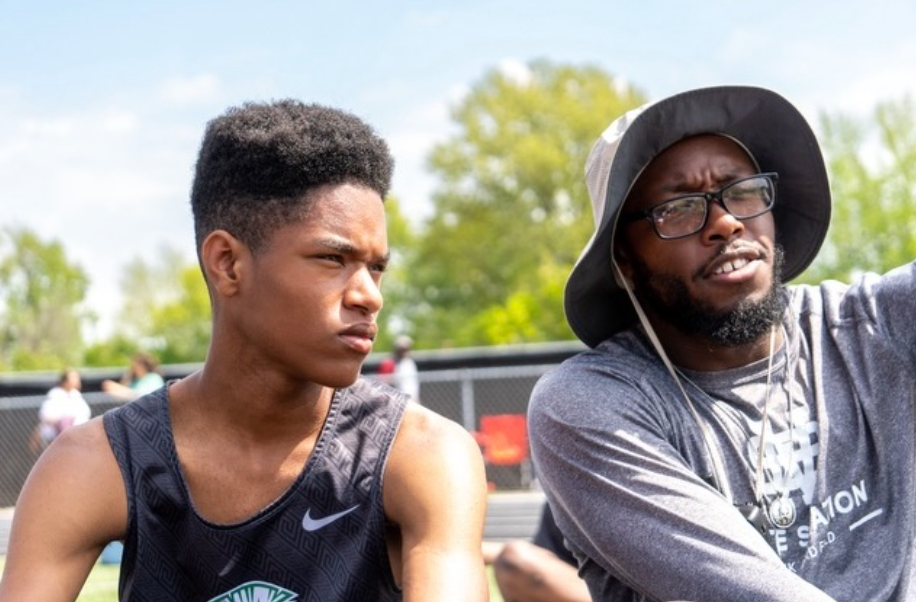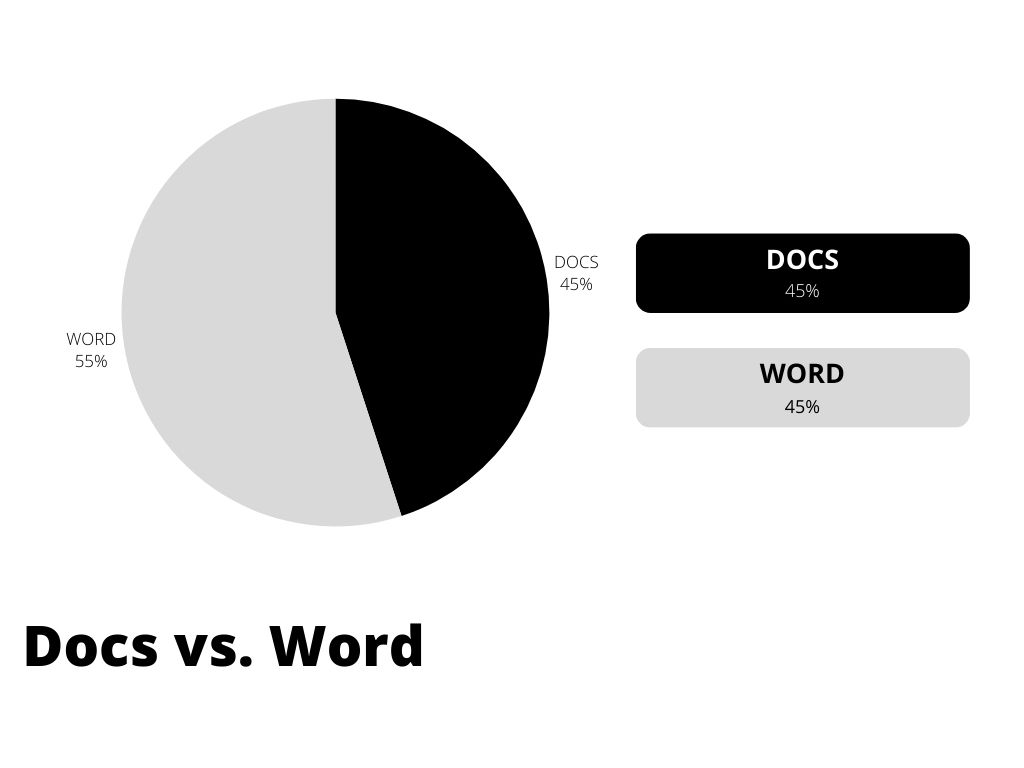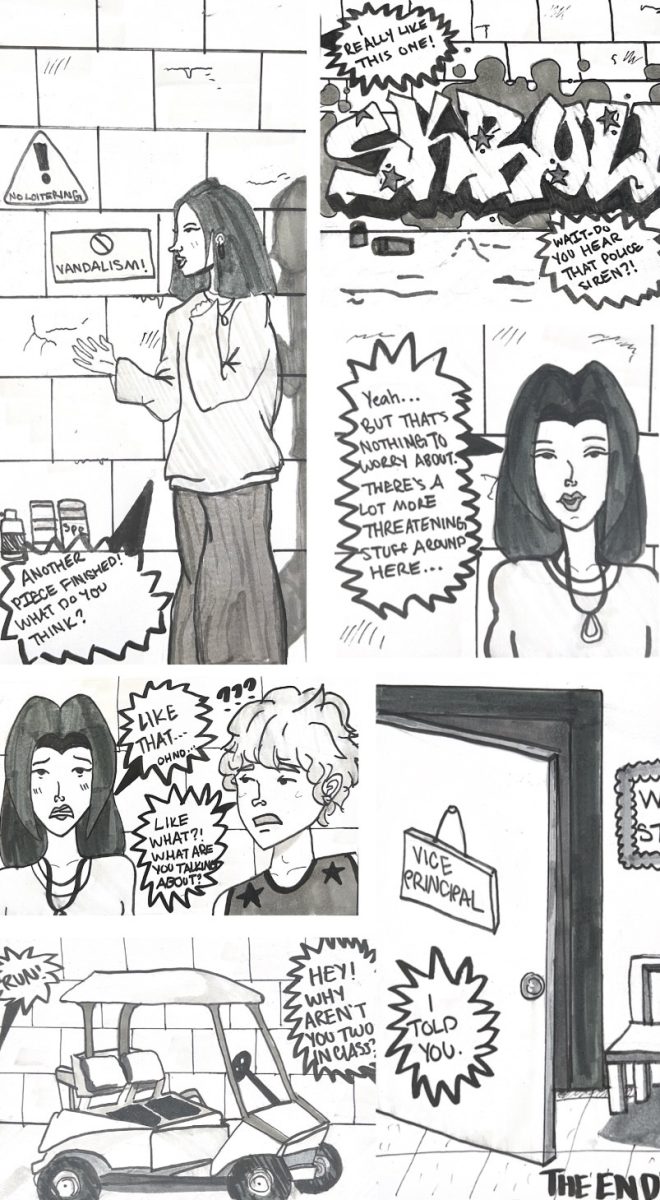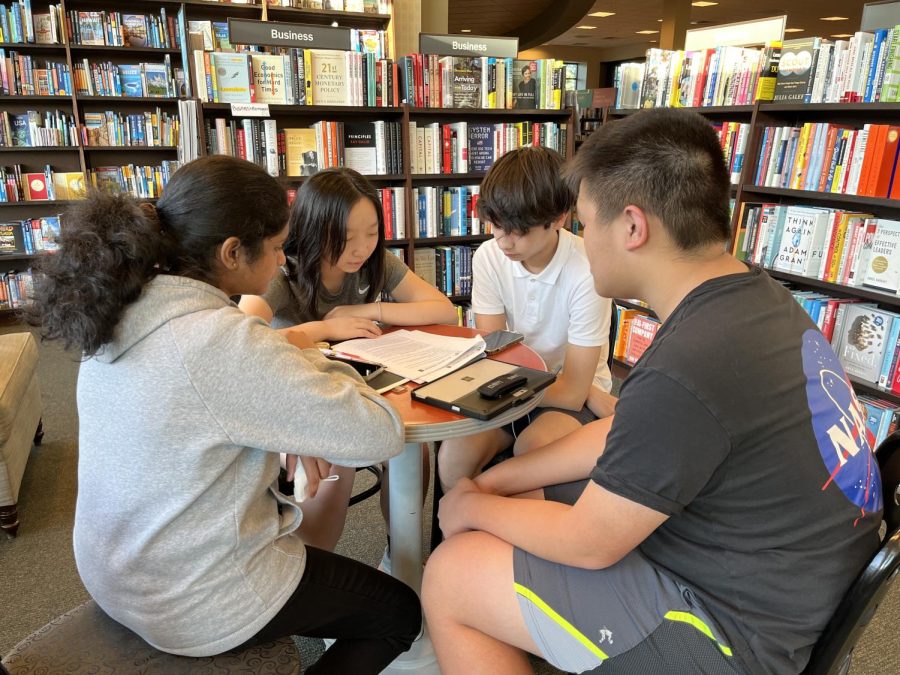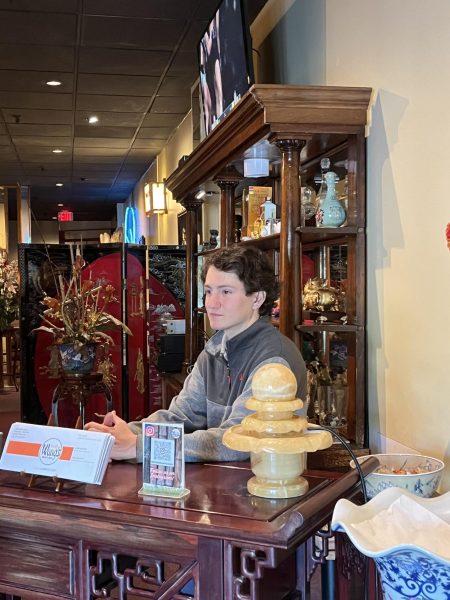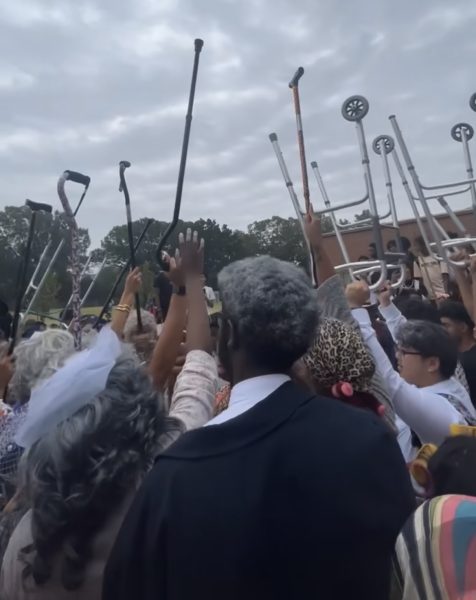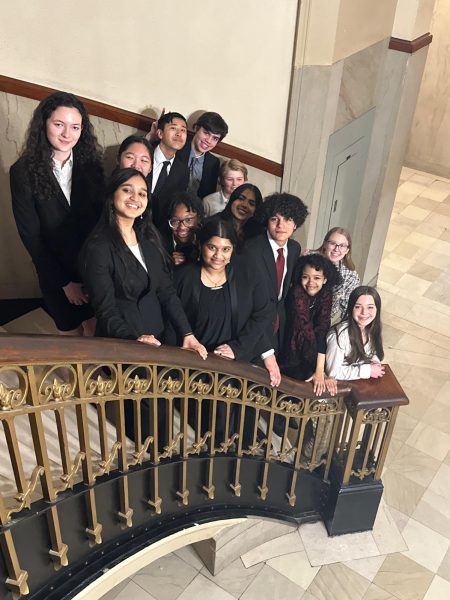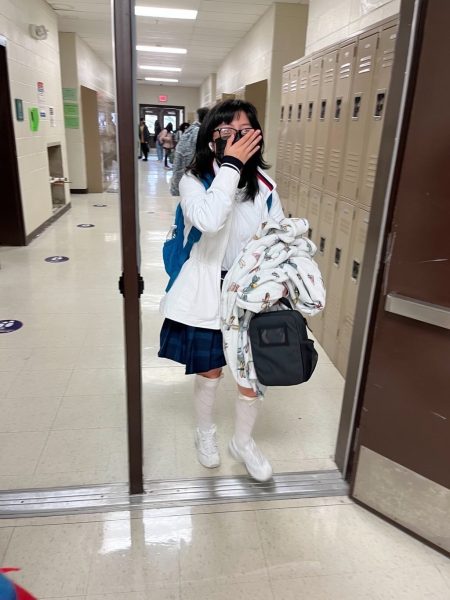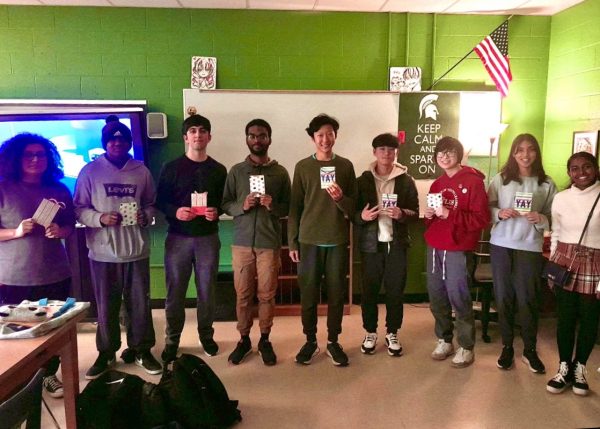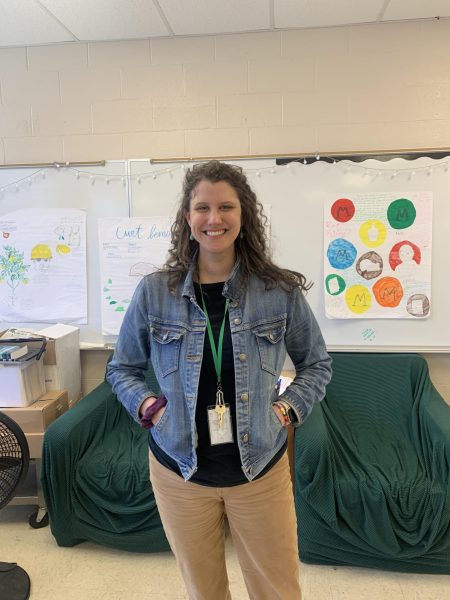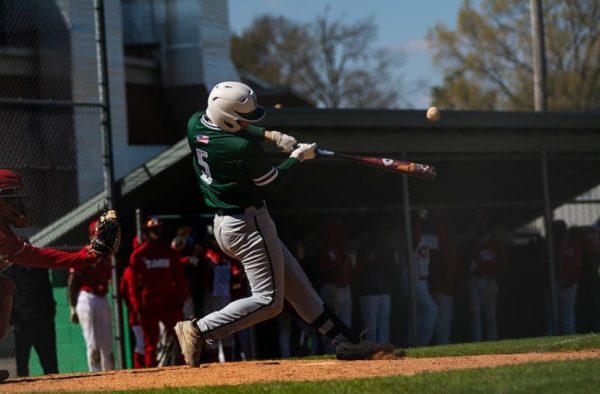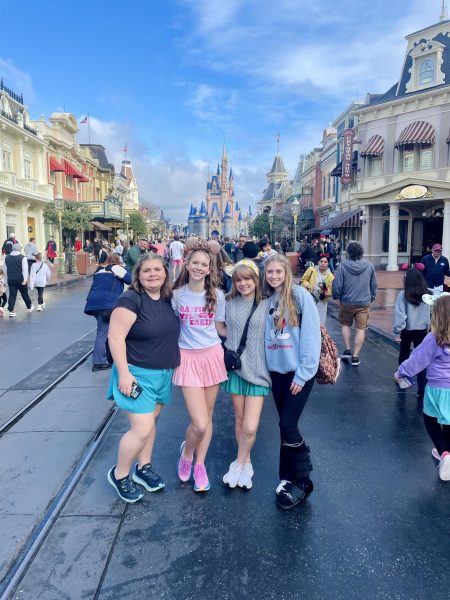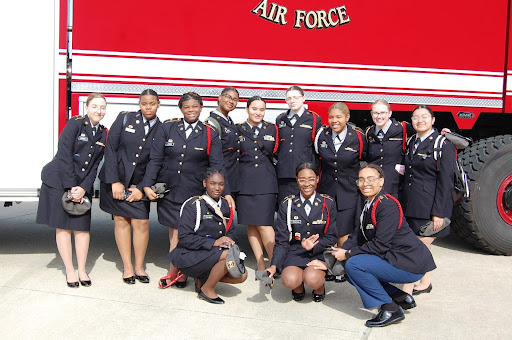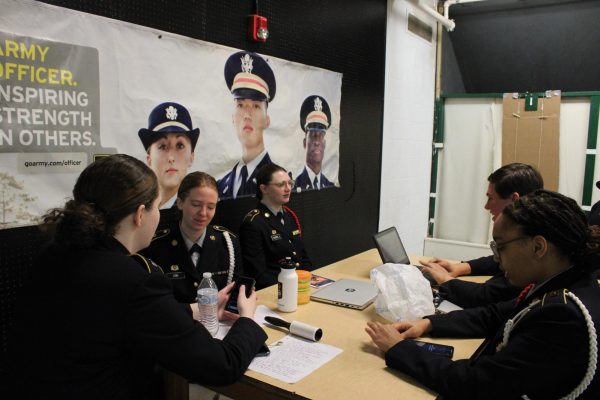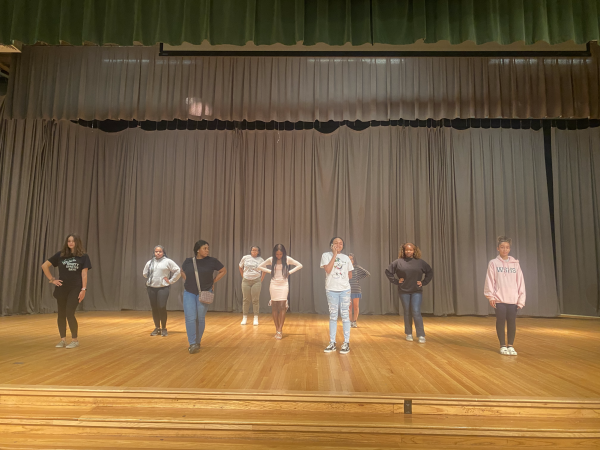Freshmen reach national science competition
FUJIN LI//USED WITH PERMISSION
Members of the team review the research they observed during the project. The team often met at libraries to study and go over their data.
This past summer, Garrett Chaudron (9), Amy Yu (9), Daniel Lam (9) and Pragna Rajashekar received the chance to take their eCYBERMISSION team to Nationals in Washington, D.C. The group’s project consisted of researching the possible negative effects and stress levels of social media usage among students and young adults.
“Our experiment was designed to help middle schoolers reduce their levels of stress,” Rajashekar said. “We realized that many teens spent hours weekly on social media, and we wanted to explore the relationship between this stress and social media.”
With social media use constantly increasing over the last few years, correlation has been drawn between a high usage of social media and a higher level of stress among those users.
“Many middle schoolers in our community had spoken of experiencing stress,” Yu said. “Many had also spent hours on social media, so in order to help our fellow peers and better our community, we wanted to research the relationship between this stress and the hours spent on those digital interactions.”
The team surveyed 50 participants’ average screen time use and their feelings of stress in a week. The following week, the participants were randomly divided into two groups; one control group that maintained the same average level of social media usage, and one experimental group, who reduced their screen time.
“We wanted to see if there was any correlation between social media and video game usage and stress,” Lam said.
Lastly, the team compared the recorded stress levels of both groups and analyzed the data to draw conclusions on the effects social media has on young adults.
“The most difficult part … was definitely meeting during quarantine,” Lam said. “We met on zoom, and after lockdowns were lifted, we went to our local library to meet and work on the project.”
To complete this project successfully and efficiently, the team strategized ways in which each of them did their own work, but could also rely on the help of the other team members.
“We worked together by splitting our project into parts,” Yu said. “Each one of us got a different part, and we would meet to offer different solutions to the problems we faced. Then, we combined solutions to create the best one.”
Competing against over 2,000 other teams who also participated in eCYBERMISSION, this team’s hard work awarded them the chance to travel to Washington, D.C., which only a few teams receive.
“Washington, D.C. is a very fun place to visit,” Rajashekar said. “We learned a lot from other groups. I really enjoyed the opportunity that nationals gave us.”
Your donation will support the student journalists of White Station High School. Your contribution will allow us to purchase equipment and cover our annual website hosting costs.

